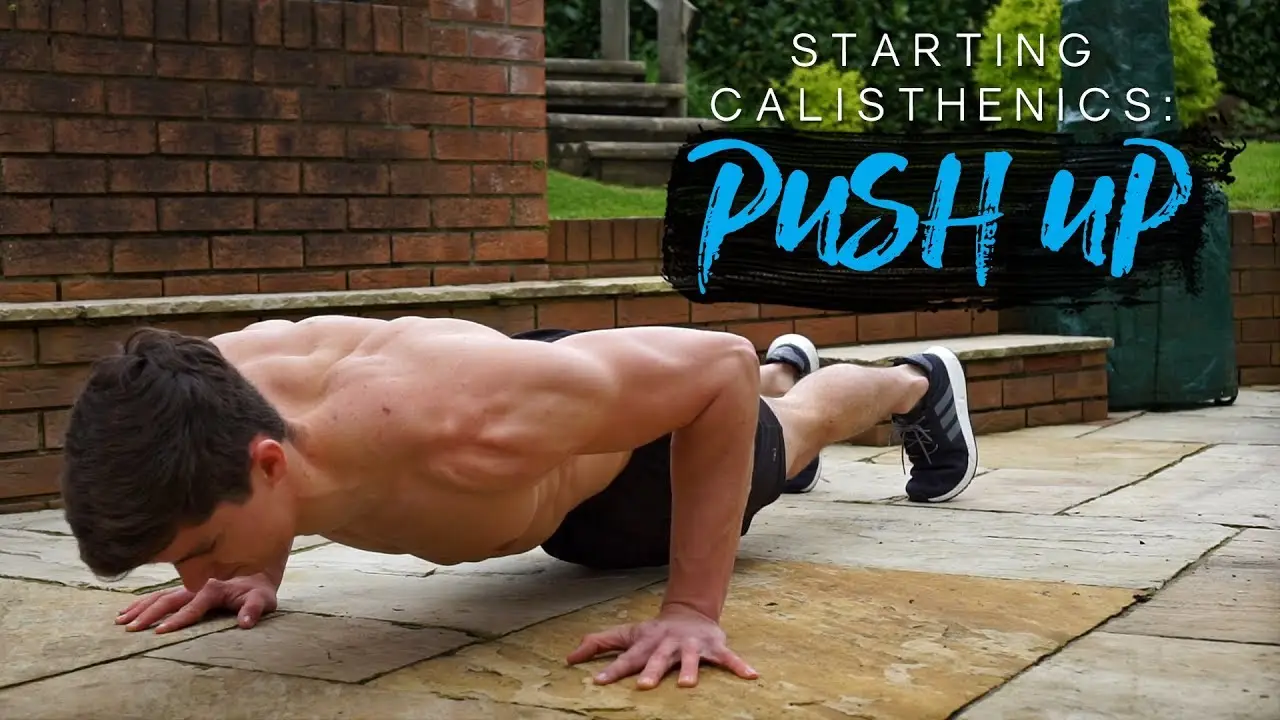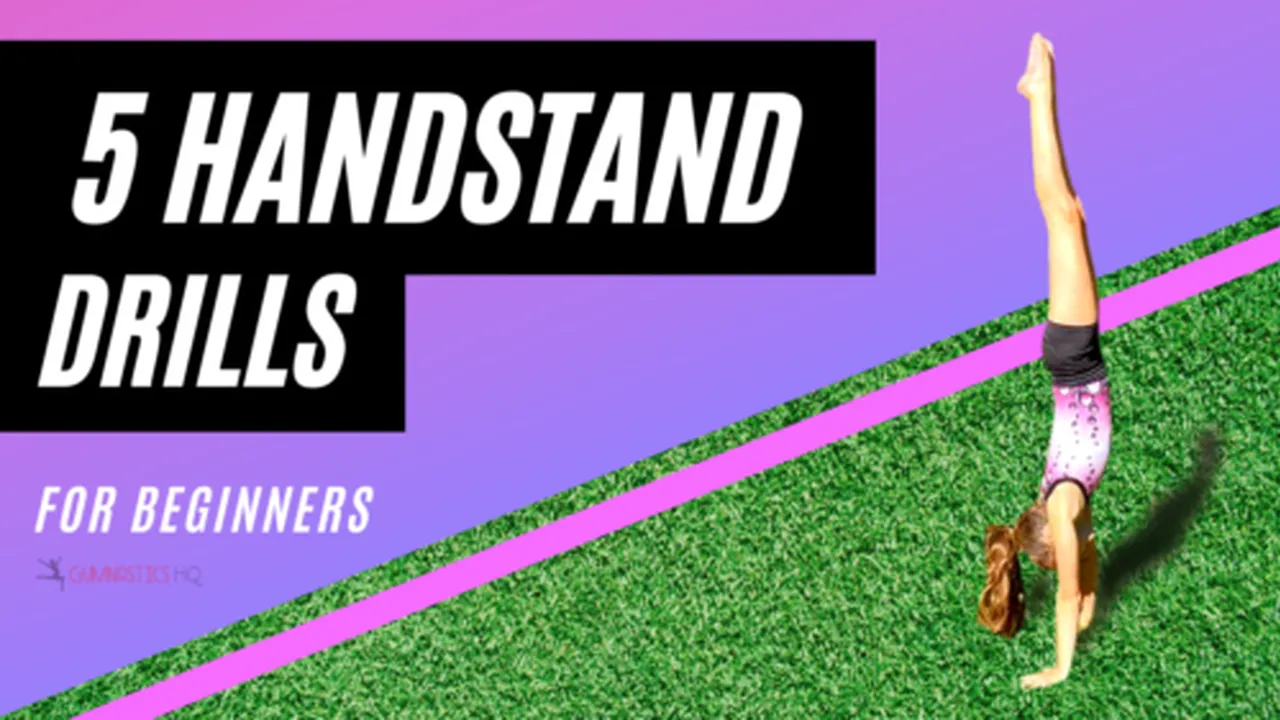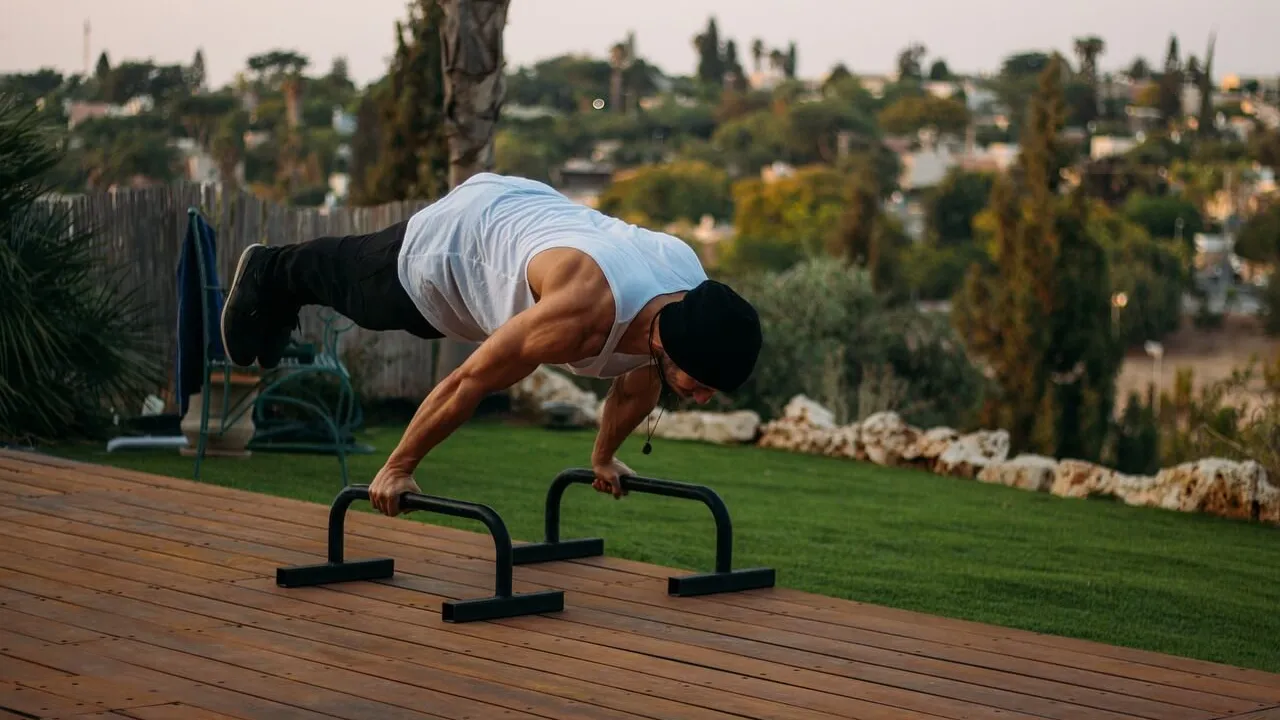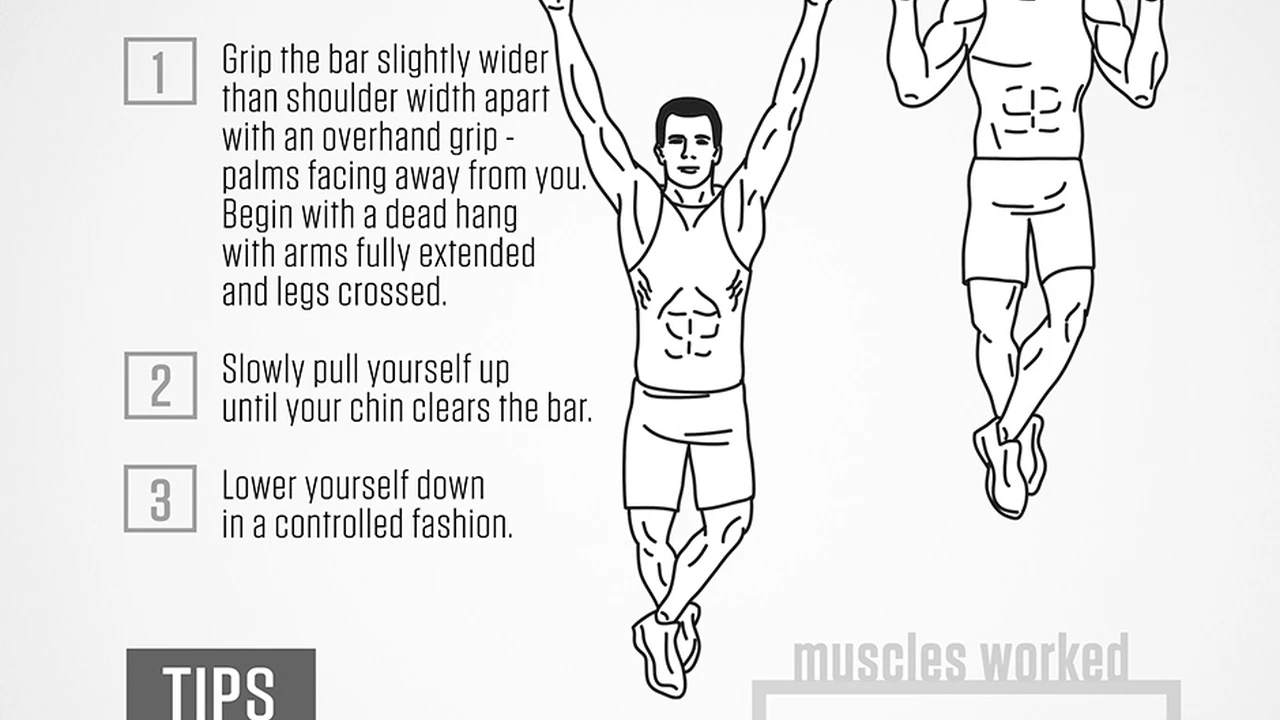5 Common Calisthenics Program Mistakes and Fixes
Okay, let's dive into those common calisthenics program mistakes and how to fix them, plus some gear recommendations. We'll cover everything from form to progression, and even suggest some products to boost your home workouts. Get ready to level up your bodyweight training!
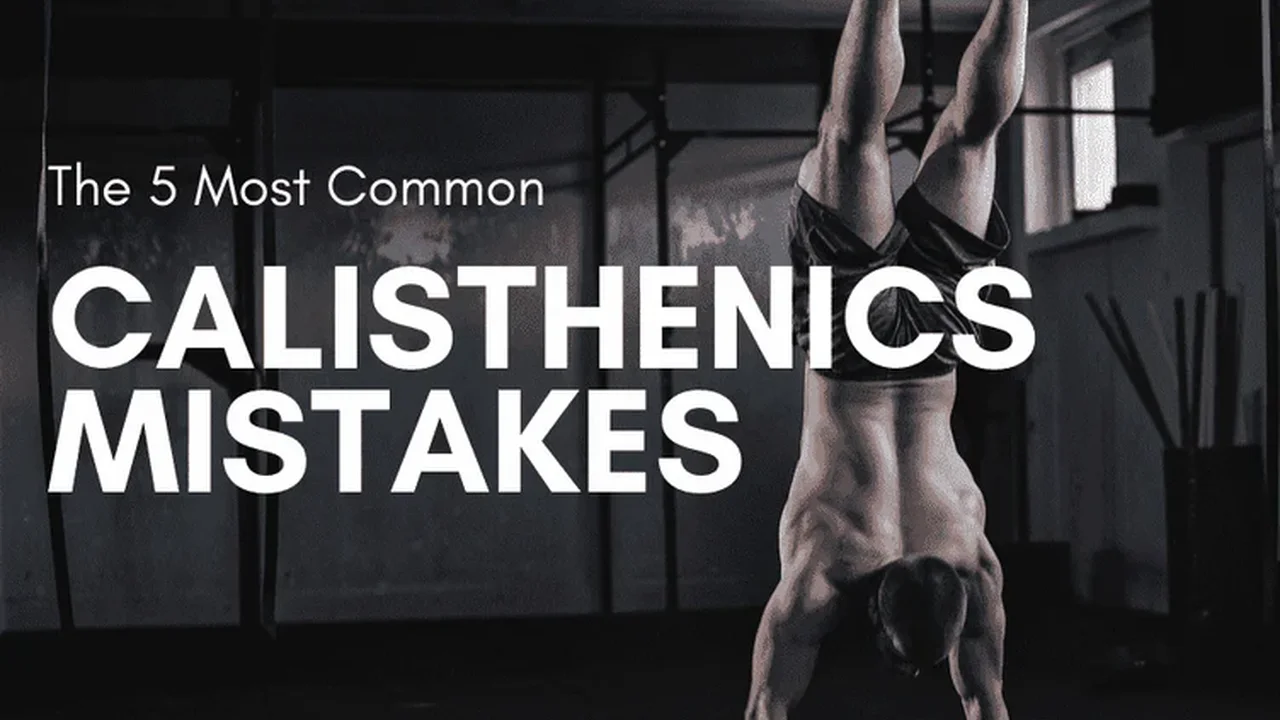
So, you're rocking the home calisthenics thing, huh? Awesome! Bodyweight training is killer for building strength, improving mobility, and looking damn good. But let's be real, it's easy to fall into some common traps. These mistakes can stall your progress, lead to injuries, and generally make you want to throw your hands up and binge-watch Netflix instead. Don't worry, we've all been there. This article will highlight the top five mistakes people make in their calisthenics programs and, more importantly, how to fix them. We'll also talk about some cool gear that can help you along the way.
Mistake #1: Ignoring Proper Form - The Foundation of Calisthenics Success and Injury Prevention
Form, form, form! I can't stress this enough. It's tempting to crank out reps as fast as possible, especially when you're feeling good. But sacrificing form for speed is a recipe for disaster. Think about it: you're building strength on a shaky foundation. Eventually, something's gonna give. We're talking joint pain, muscle strains, and potentially even more serious injuries. Plus, bad form reinforces bad habits, making it harder to correct later on.
The Fix: Slow Down and Focus. Record yourself performing exercises like push-ups, squats, and pull-ups. Watch the videos back and compare your form to examples from reputable sources (like certified trainers or physical therapists). Pay attention to your body alignment, core engagement, and range of motion. If something feels off, it probably is. Don't be afraid to scale back the difficulty. For example, if you can't do a full push-up with perfect form, switch to knee push-ups. Focus on mastering the fundamentals before moving on to more advanced variations.
Product Recommendation: A Full-Length Mirror. Seriously, it's a game-changer. Being able to see yourself in real-time helps you identify and correct form errors instantly. Look for a mirror that's large enough to see your entire body, even when you're performing dynamic movements. You can find decent ones for around $50-$100 at most home goods stores. Price: $50 - $100.
Mistake #2: Neglecting Progressive Overload - How to Continuously Challenge Your Body in Calisthenics Training
Progressive overload is the principle of gradually increasing the demands on your body over time. It's essential for building strength and muscle. If you're doing the same exercises, with the same reps and sets, week after week, your body will adapt, and you'll plateau. You'll stop seeing progress, and your motivation will likely dwindle.
The Fix: Find Ways to Increase the Challenge. There are several ways to implement progressive overload in calisthenics:
- Increase Reps and Sets: The most straightforward approach. Start by adding one or two reps to each set.
- Increase the Difficulty of the Exercise: Progress to more challenging variations. For example, move from knee push-ups to regular push-ups, then to incline push-ups, and eventually to decline push-ups.
- Increase Time Under Tension (TUT): Slow down the tempo of your exercises. For example, lower yourself slowly during a push-up, hold the bottom position for a second, and then push back up.
- Decrease Rest Time: Reduce the amount of rest between sets.
- Add Weight: Use a weight vest, ankle weights, or resistance bands to increase the resistance.
Product Recommendation: Resistance Bands. Resistance bands are incredibly versatile and can be used to increase the difficulty of a wide range of calisthenics exercises. They come in various resistance levels, allowing you to progressively overload your muscles as you get stronger. You can use them for push-ups, squats, pull-ups (assisted or resisted), and many other exercises. A good set of resistance bands will cost you around $20-$50. Price: $20 - $50. You can find them at most sporting goods stores or online retailers.
Mistake #3: Ignoring Leg Day - Building a Balanced Physique and Preventing Injuries in Calisthenics
Let's be honest, leg day is the workout most people love to hate. It's tough, it burns, and it can leave you hobbling around for days. But skipping leg day is a huge mistake. Not only will you end up with a disproportionate physique (chicken legs, anyone?), but you'll also be missing out on the numerous benefits of lower body training, including increased strength, improved balance, and enhanced athletic performance. Plus, strong legs are crucial for preventing injuries, especially in activities like running, jumping, and even just walking.
The Fix: Incorporate a Variety of Leg Exercises. Don't just stick to squats. Include exercises that target different muscle groups in your legs, such as:
- Squats: The king of leg exercises.
- Lunges: Great for building strength and improving balance.
- Glute Bridges: Target your glutes and hamstrings.
- Calf Raises: Strengthen your calf muscles.
- Pistol Squats: A challenging single-leg exercise.
- Jump Squats: Add a plyometric element to your training.
Product Recommendation: Adjustable Dumbbells. While bodyweight leg exercises are effective, adding weight can significantly increase the challenge and accelerate your progress. Adjustable dumbbells are a great option for home workouts because they take up minimal space and allow you to easily adjust the weight. Look for a set that ranges from 5 to 50 pounds per dumbbell. A decent set will cost you around $100-$300. Price: $100 - $300.
Mistake #4: Lack of a Structured Program - Maximizing Results with a Calisthenics Training Plan
Winging it might work for a while, but eventually, you'll hit a wall. A structured program provides a roadmap for your training, ensuring that you're progressively overloading your muscles, working all the necessary muscle groups, and allowing for adequate rest and recovery. Without a program, you're essentially just throwing exercises at the wall and hoping something sticks.
The Fix: Follow a Proven Calisthenics Program or Create Your Own. There are tons of great calisthenics programs available online, in books, and through personal trainers. Look for a program that aligns with your goals, fitness level, and available equipment. If you prefer to create your own program, be sure to include:
- A Warm-up: Prepare your body for exercise.
- A Strength Training Component: Focus on compound exercises like push-ups, squats, and pull-ups.
- A Skill Training Component: Practice more advanced skills like handstands, muscle-ups, and planches.
- A Cool-down: Help your body recover.
- Rest Days: Allow your muscles time to repair and rebuild.
Product Recommendation: A Pull-Up Bar. A pull-up bar is an essential piece of equipment for any serious calisthenics enthusiast. It allows you to perform pull-ups, chin-ups, and a variety of other upper body exercises. Look for a sturdy pull-up bar that can be easily installed in a doorway or mounted on a wall. A good quality pull-up bar will cost you around $30-$80. Price: $30 - $80.
Mistake #5: Not Prioritizing Recovery - The Importance of Rest and Nutrition in Calisthenics Training
Training is only half the battle. The other half is recovery. Your muscles don't grow during your workouts; they grow during rest. Neglecting recovery can lead to overtraining, fatigue, and injuries. It's like trying to build a house on a weak foundation. Eventually, the whole thing will crumble.
The Fix: Prioritize Sleep, Nutrition, and Active Recovery.
- Sleep: Aim for 7-9 hours of sleep per night.
- Nutrition: Eat a balanced diet that includes plenty of protein, carbohydrates, and healthy fats.
- Active Recovery: Engage in light activities like walking, stretching, or yoga on your rest days.
- Foam Rolling: Helps to release muscle tension and improve blood flow.
Product Recommendation: A Foam Roller. Foam rolling is a great way to relieve muscle soreness, improve flexibility, and promote recovery. It's like giving yourself a deep tissue massage. You can use a foam roller on your legs, back, arms, and other areas of your body. A good quality foam roller will cost you around $15-$40. Price: $15 - $40.
So there you have it! Avoid these five common mistakes, and you'll be well on your way to achieving your calisthenics goals. Remember to focus on form, progressively overload your muscles, train your legs, follow a structured program, and prioritize recovery. And don't be afraid to invest in some quality gear to enhance your training. Good luck, and happy training!
:max_bytes(150000):strip_icc()/277019-baked-pork-chops-with-cream-of-mushroom-soup-DDMFS-beauty-4x3-BG-7505-5762b731cf30447d9cbbbbbf387beafa.jpg)



